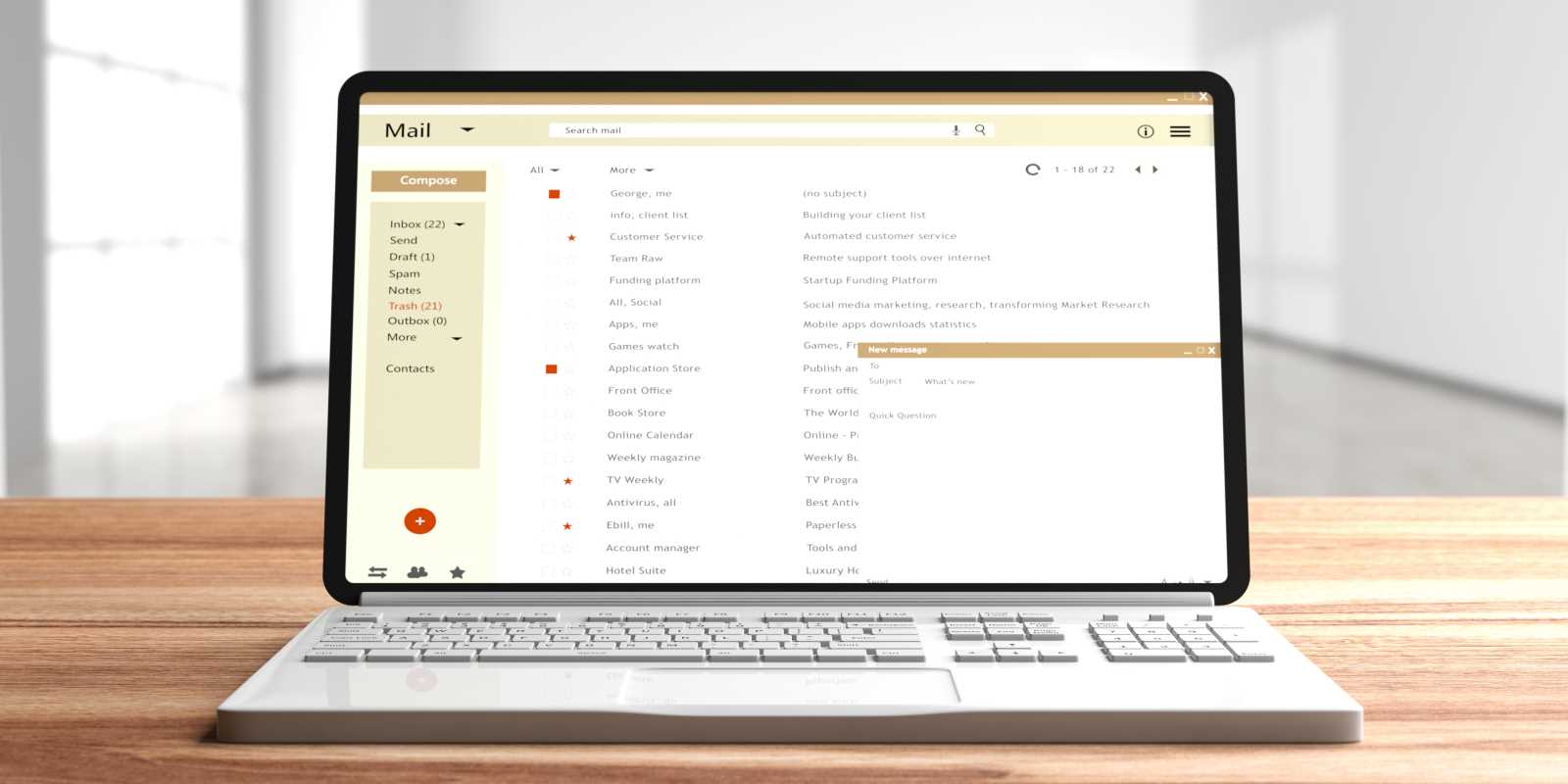We’ve all been there. You open your email and the sheer number of unread messages feels overwhelming. Notifications pile up, important emails get buried, and suddenly, you’re spending more time searching for messages than actually responding to them. But what if you could tackle that inbox chaos in just 10 minutes? Yes, really!
With a few quick, actionable steps, you can declutter, prioritize, and set up simple systems to keep your inbox under control. Whether you’re managing emails for work, personal life, or both, this guide will help you clear the clutter and regain control in no time. Grab a timer, set it for 10 minutes, and follow these steps.
1. Start with a Rapid Review (2 Minutes)
To begin sorting your inbox, you don’t need to read every single email. Start with a rapid review to clear out the noise.
Here’s how:
- Scan Subject Lines: Look for emails you know you don’t need. Promotions for that sale that ended weeks ago? Delete. Newsletters you never read? Delete.
- Search and Destroy: Use your email client’s search function to quickly find and delete bulk emails. For example, search “Promotions” or the names of senders who flood your inbox (e.g., retail brands you rarely shop with).
- Unsubscribe as You Go: If you notice recurring senders you never open, take a few seconds to hit “unsubscribe.”
Goal:
Clear 20-30% of your inbox in this first step. Removing the clutter makes it easier to focus on what actually matters.
2. Create a Priority Folder (2 Minutes)
Now that you’ve cleared some space, it’s time to sort out what’s truly important. Setting up a “Priority” folder lets you create a designated space for emails that need immediate attention.
Steps to Set It Up:
- Create a new folder (call it “Priority” or whatever resonates with you, like “To-Do” or “Action Now”).
- Drag and drop emails that are urgent, require action, or are from key contacts (like your boss, clients, or family).
This simple system ensures nothing crucial gets buried. Don’t overthink it! Just move what stands out as important for now.
3. Archive Everything Else (3 Minutes)
One of the fastest ways to feel less overwhelmed by your inbox is to archive older emails. Archiving doesn’t delete messages; it just tucks them away in case you need them later.
How to Do It:
- Select everything remaining in your inbox (excluding your priority folder).
- Press “Archive.”
- If you’re worried about losing something, remind yourself that most modern email clients have robust search functions. You can always find archived emails when needed.
- Archiving clears out your inbox so you can focus on new, incoming messages without distractions.
Pro tip: For extra organization, create archive folders by year or project, but don’t get stuck sorting everything right now. The goal is efficiency!
4. Set Up Filters (2 Minutes)
To keep your inbox clean and clear going forward, a few smart filters can save you hours of sorting in the future. Filters automatically direct emails to the right folders so you don’t have to manually organize everything.
Easy Filter Ideas:
- Emails with the word “Invoice” → Send to a folder called “Finance.”
- Newsletters → Send directly to a “Reading” or “Promo” folder.
- Emails from your boss → Flag as important or star for easy visibility.
Most email platforms, like Gmail and Outlook, allow you to set filters in just a few clicks. These small tweaks can result in a long-lasting, organized inbox.
5. End with a Quick Check (1 Minute)
Before finishing up, glance at your priority folder. Make sure all urgent emails are accounted for. Then, delete or archive anything that still feels unnecessary.
At this point, your inbox should be significantly cleaner and lighter. Taking just one more minute to double-check ensures you’re truly starting fresh.
Bonus Tips to Keep Your Inbox Tidy
Once you’ve completed this 10-minute overhaul, maintaining a clutter-free inbox is all about building habits. Here’s how to stay on top of it moving forward:
- Adopt the 1-Touch Rule: When you open an email, act on it immediately (read, respond, or archive). Don’t leave things sitting unread.
- Schedule Email Time: Instead of checking your inbox throughout the day, dedicate specific times for email management (e.g., 15 minutes in the morning and afternoon).
- Declutter Weekly: Block out 5-10 minutes at the end of the week to file or archive anything you missed.


.jpeg)




